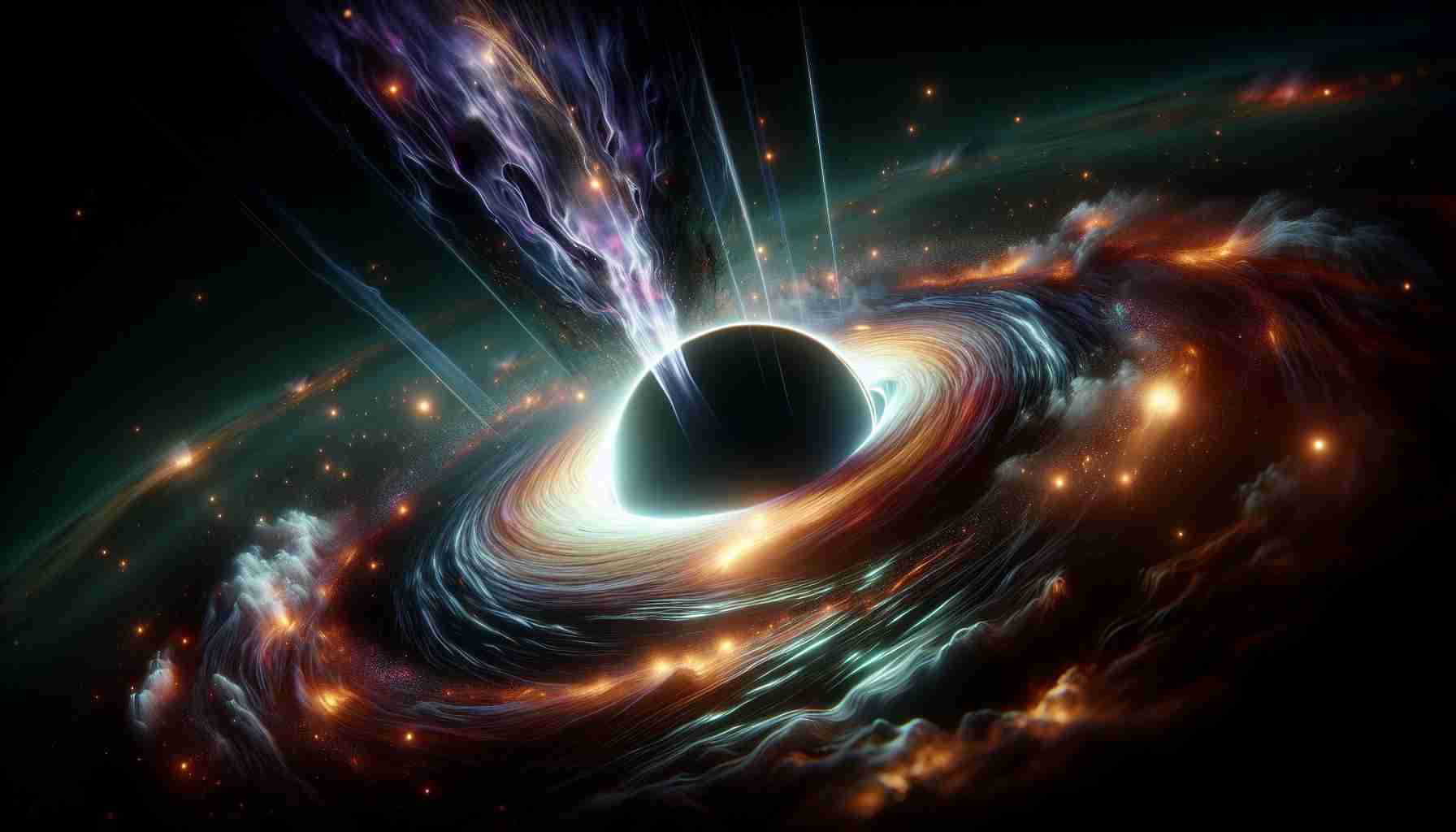A team of Australian astronomers has made an astounding discovery – a quasar that emits immense electromagnetic radiation. At its center lies a black hole with an insatiable appetite.
It is difficult to fathom such an energy consumption – the black hole devours mass equivalent to the weight of the Sun on a daily basis. In doing so, it powers the fastest-growing and brightest galaxy ever observed.
While numerous massive black holes have been identified, researchers are now attempting to classify them in the chronology of the universe’s formation. “It’s possible that black holes formed before the galaxies surrounding them, and the stars came even later,” says Professor Christian Wolf, the leader of the Australian team studying this phenomenon.
The discovered quasar is located 12 billion light-years away from Earth and is 500 trillion times brighter than the Sun. The Australian scientists are convinced that it will hold this record for a long time yet.
This remarkable finding unveils the awe-inspiring power of black holes and their impact on the formation and evolution of galaxies. It challenges our understanding of the universe’s timeline and begs the question of the intricate relationship between black holes, galaxies, and the stars within them.
The insatiable appetite of this black hole serves as a reminder of the grandeur and complexity of the cosmos. As astronomers continue to explore the depths of space, we can only imagine what other cosmic marvels await our discovery.
FAQ:
1. What did the team of Australian astronomers discover?
The team of Australian astronomers discovered a quasar that emits immense electromagnetic radiation. At its center lies a black hole with an insatiable appetite.
2. How much mass does the black hole devour on a daily basis?
The black hole devours mass equivalent to the weight of the Sun on a daily basis.
3. What is unique about this black hole?
This black hole powers the fastest-growing and brightest galaxy ever observed.
4. What are researchers attempting to do with these massive black holes?
Researchers are attempting to classify these massive black holes in the chronology of the universe’s formation. They are trying to determine if black holes formed before the galaxies surrounding them, and if the stars came even later.
5. How far away is the discovered quasar from Earth?
The discovered quasar is located 12 billion light-years away from Earth.
6. How much brighter is the quasar than the Sun?
The quasar is 500 trillion times brighter than the Sun.
7. What does this discovery reveal about black holes and their impact on galaxies?
This discovery unveils the awe-inspiring power of black holes and their impact on the formation and evolution of galaxies. It challenges our understanding of the universe’s timeline.
8. What does this discovery raise questions about?
This discovery raises questions about the intricate relationship between black holes, galaxies, and the stars within them.
9. What does the insatiable appetite of this black hole remind us of?
The insatiable appetite of this black hole serves as a reminder of the grandeur and complexity of the cosmos.
Related Links:
Astronomy.com
Space.com
The source of the article is from the blog myshopsguide.com
